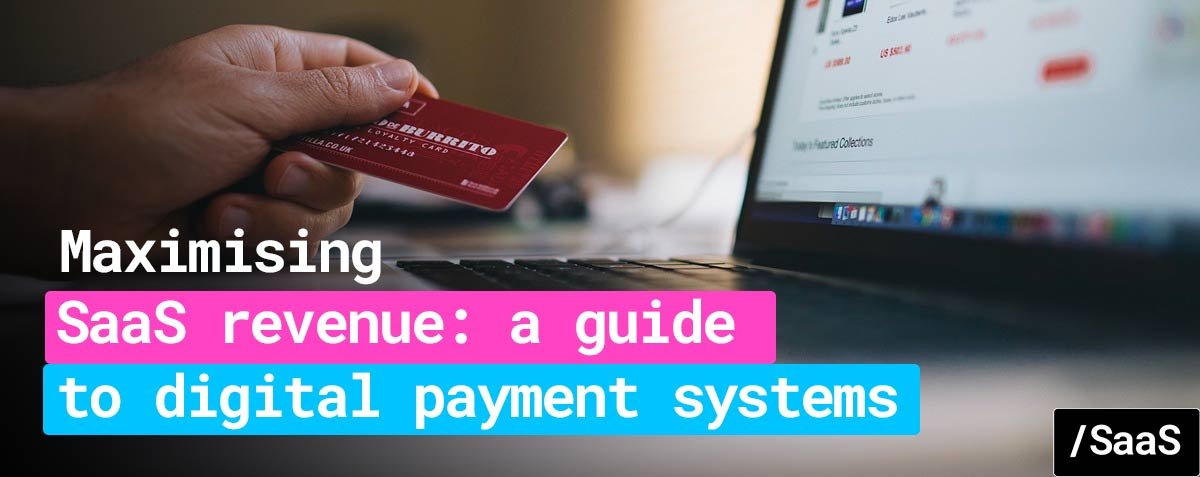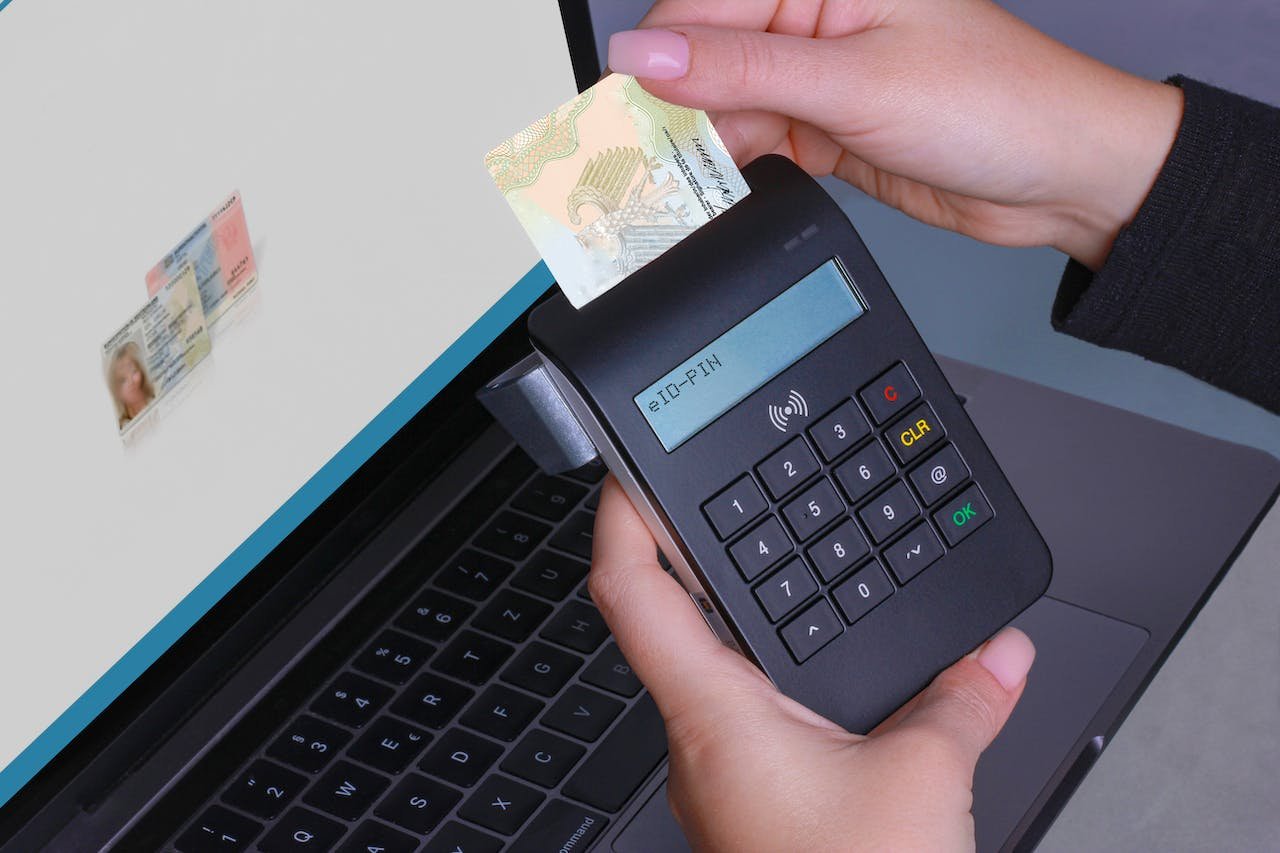
Contents
In the rapidly evolving digital landscape, Software-as-a-Service (SaaS) platforms stand out as a leading business model. However, effectively monetising these platforms can be a challenging endeavour. One of the key strategies to maximise SaaS revenue is leveraging digital payment systems.
This post will provide an in-depth view of how you, as a SaaS business, can harness the power of digital payments to drive revenue growth, build customer loyalty, and stay ahead of the competition. Stay with us as we delve into the world of SaaS and digital payments, uncovering strategies, best practices, and innovative solutions to propel your business to the next level.

Utilise The Right Software
Choosing the right payment software is critical in the SaaS business model. The ideal software should be user-friendly and capable of processing global transactions quickly and securely. It should also support different payment methods, including credit cards, digital wallets, and bank transfers, to cater to a diverse customer base.
Most importantly, the best way to monetize payments is to opt for payment software that offers flexible pricing models, such as pay-per-use or subscription plans. This allows you to tailor your pricing strategy according to customer demands and optimize revenue streams.
Embracing Freemium Strategies
Freemium strategies stand as another viable route towards SaaS monetisation. This model – offering basic services for free while charging for advanced features or functionalities – can effectively reel in users and convert them into paying customers over time.
The free offering acts as a ‘teaser’, showcasing the value and potential of your SaaS platform and encouraging users to upgrade for enhanced capabilities.
However, it’s crucial to strike the right balance. The free tier should provide enough value to engage users, but the premium features must be compelling enough to warrant an upgrade. By smartly implementing a freemium strategy, you can increase user acquisition, retention, and ultimately, your SaaS revenue.
Implementing Tiered Pricing Plans
Tiered pricing plans are another effective monetization strategy for SaaS platforms. By offering multiple subscription tiers, each with distinct features and price points, you cater to a broad spectrum of customers with varying needs and budgets. The key is to strategically structure your pricing tiers.
The basic tier should provide enough value to be attractive to new or cost-sensitive users, while the more expensive tiers should offer advanced features that add significant value, justifying the higher cost.
It’s also beneficial to include a customizable tier that allows users to choose the features they need, adding a level of personalization to your SaaS offering. This pricing strategy not only allows you to cater to a wider market demographic but also encourages users to upgrade as their business needs evolve, thus boosting your revenue over time.
Usage-Based Billing
Usage-based billing, also known as pay-as-you-go pricing, is another effective method of driving revenue in the SaaS business model. This strategy involves charging customers based on their actual usage of the service, rather than a flat fee. The more a customer uses your service, the more they are billed.
This pricing model is particularly effective in sectors where usage can vary greatly among users, such as cloud computing or data storage.
However, usage-based billing must be implemented thoughtfully. It’s crucial to set pricing levels that are fair and reflective of the value provided. Providing clear and comprehensive usage reports can also enhance customer trust and relationships, as they can see exactly what they’re paying for.
While this pricing model may not be suitable for all types of SaaS platforms, when executed correctly, usage-based billing can generate substantial revenue, providing a solid foundation for growth and scalability.

License and Perpetual Models
License or perpetual models are traditional monetisation strategies that can still be effective for certain SaaS businesses. In this model, customers pay an upfront fee to gain perpetual usage rights to the software. Often accompanied by a maintenance contract, this approach can provide a substantial initial revenue influx. However, it’s essential to understand that customer acquisition is key in this model, as there are no recurring payments from existing customers unless they purchase additional services or upgrades.
Though this model may appear outdated in the face of subscription or usage-based models, it can be advantageous in scenarios where the software provides a high-value solution that customers are willing to invest in.
Furthermore, for enterprise-level solutions where clients may be hesitant about recurring payments or vendor lock-in, a license or perpetual model can be an attractive option.
This strategy’s success hinges on the perceived value of the software, the pricing, and the customer’s confidence in the long-term viability of the software and the company.
In conclusion, monetising digital payment systems is essential for maximising SaaS revenue. By utilising the right software, embracing freemium strategies, implementing tiered pricing plans, leveraging usage-based billing, and exploring license or perpetual models, you can optimize your revenue streams and stay competitive in the ever-evolving SaaS landscape.


